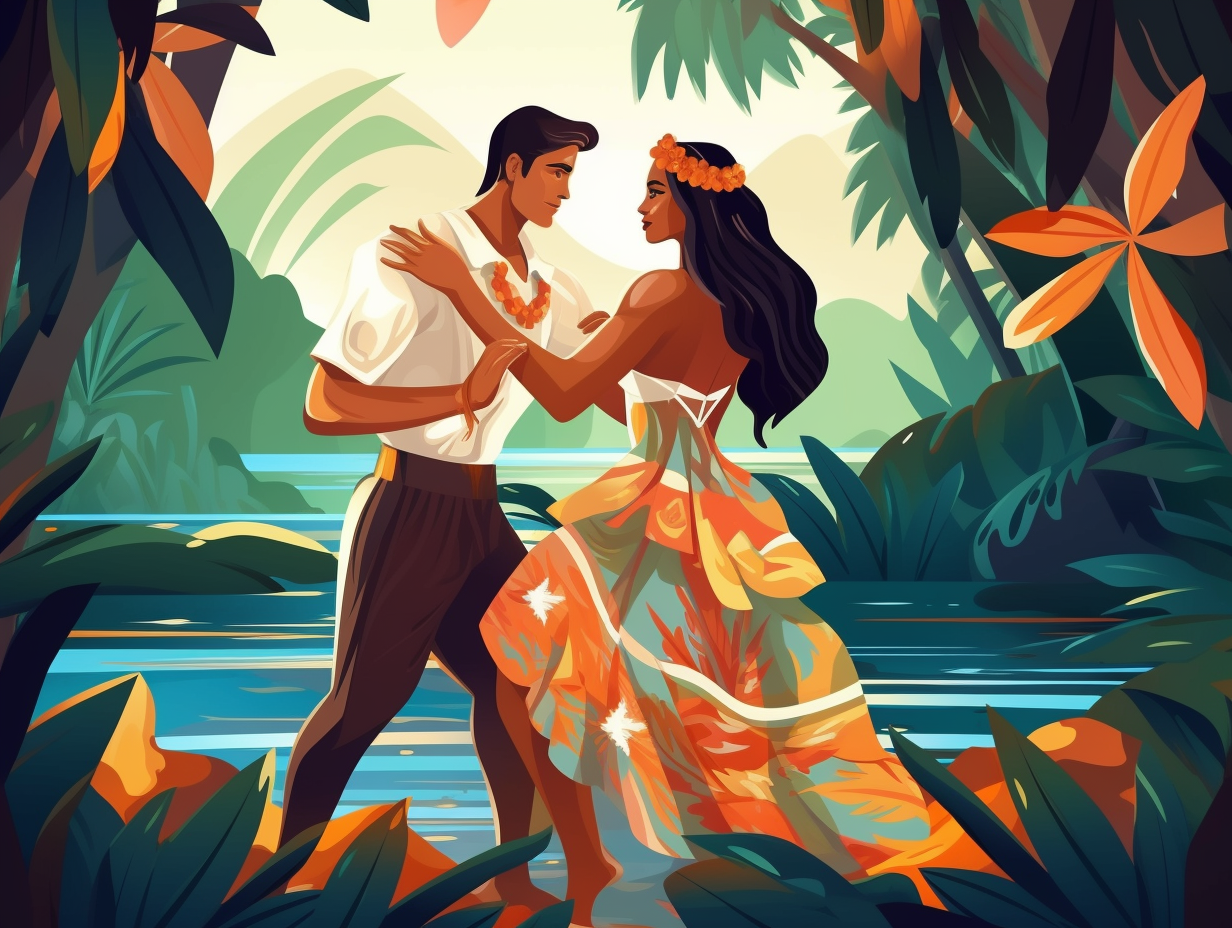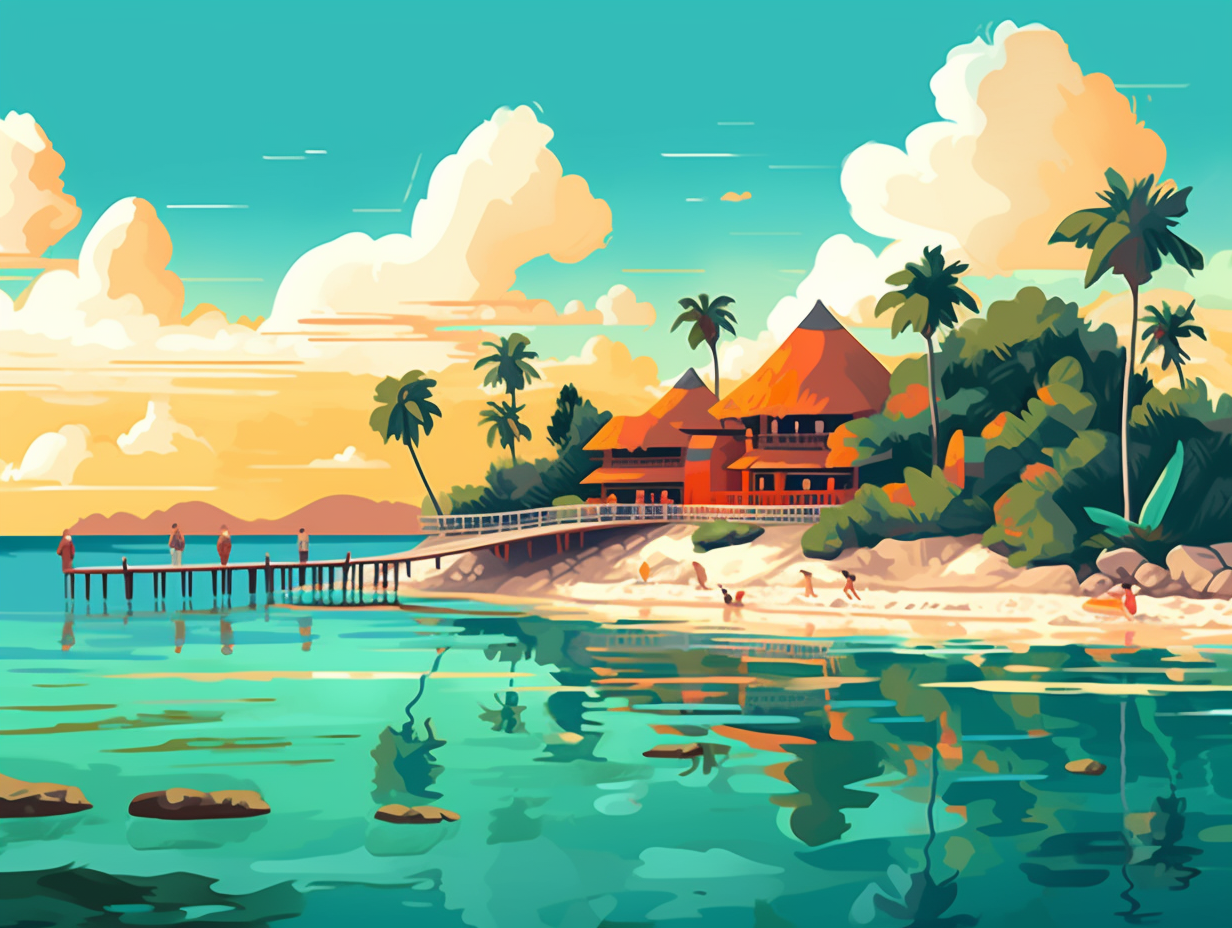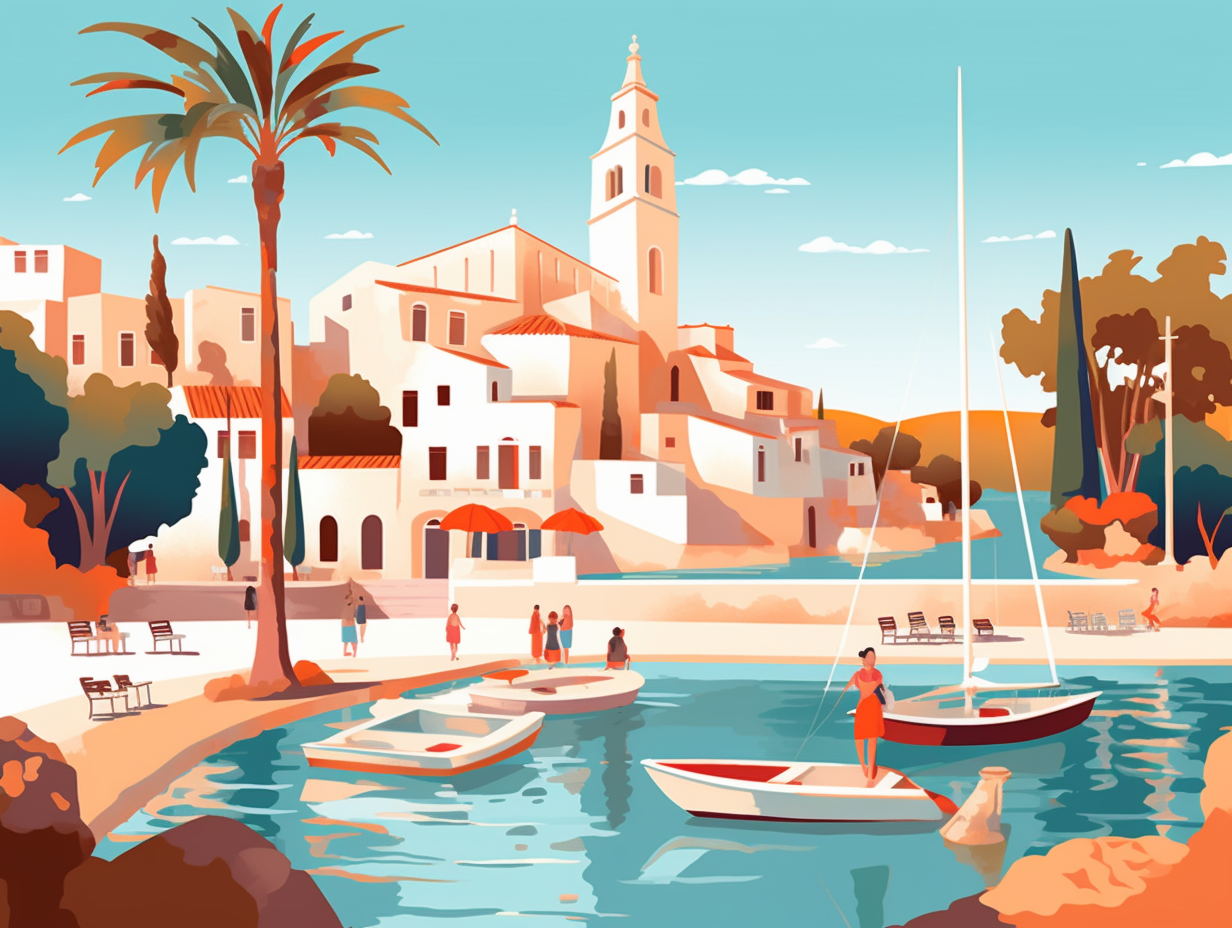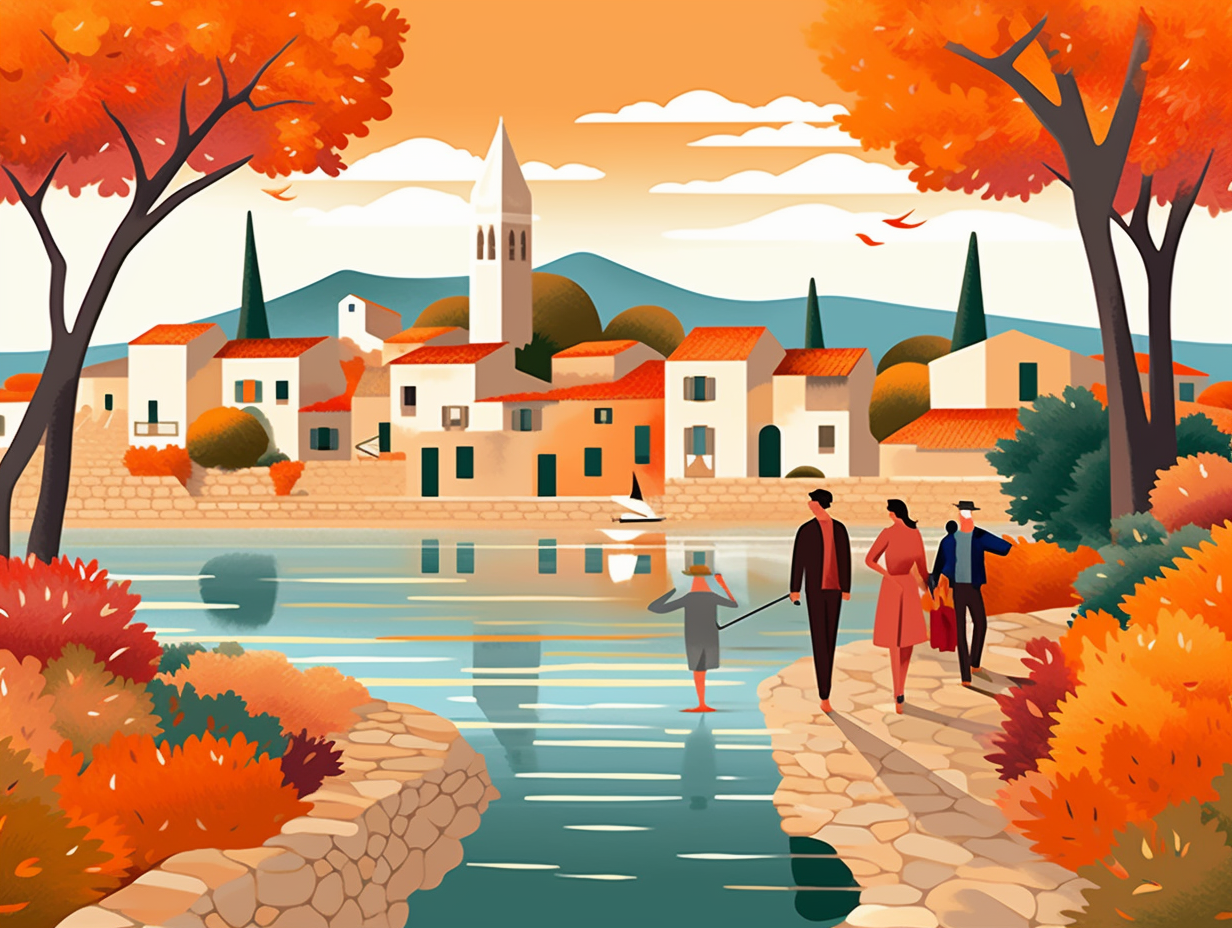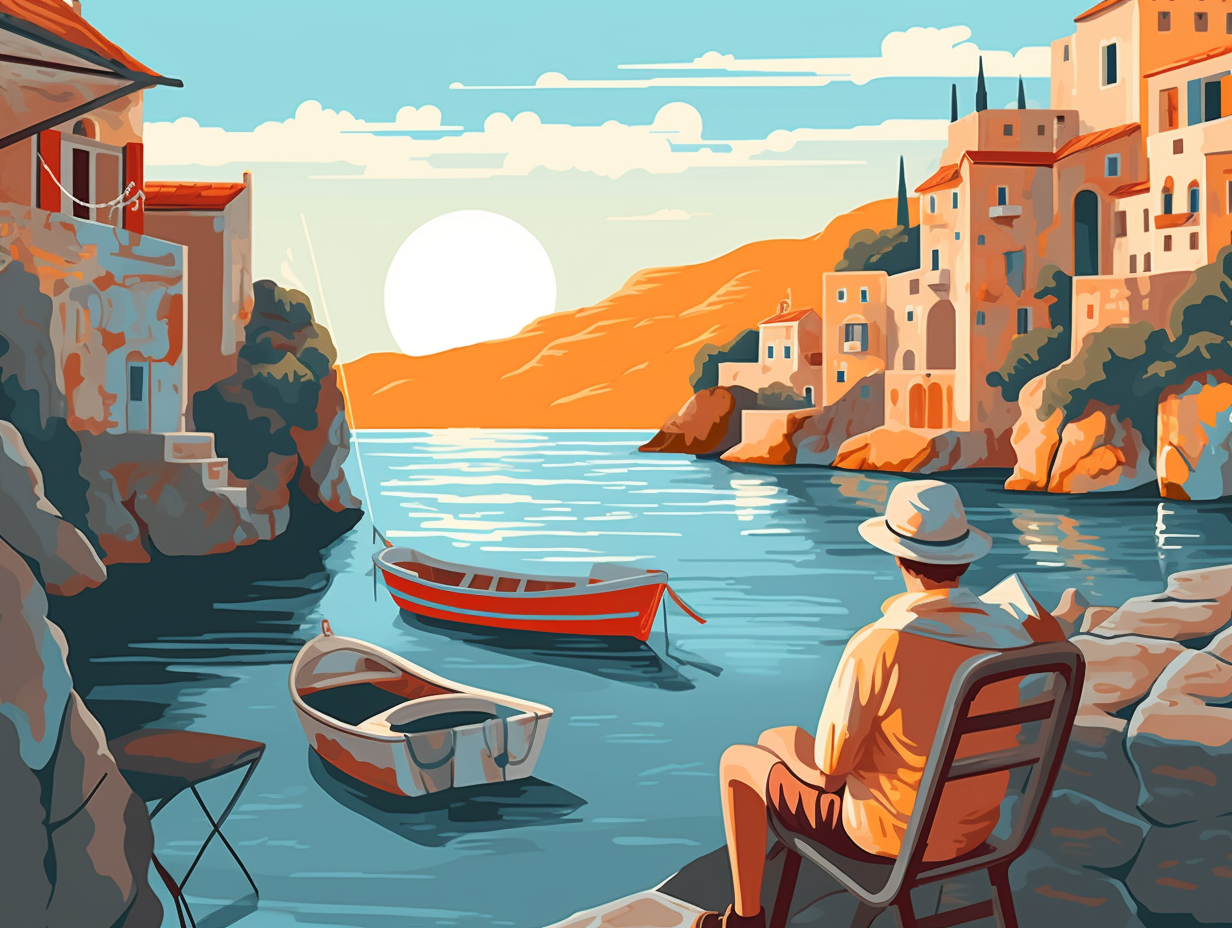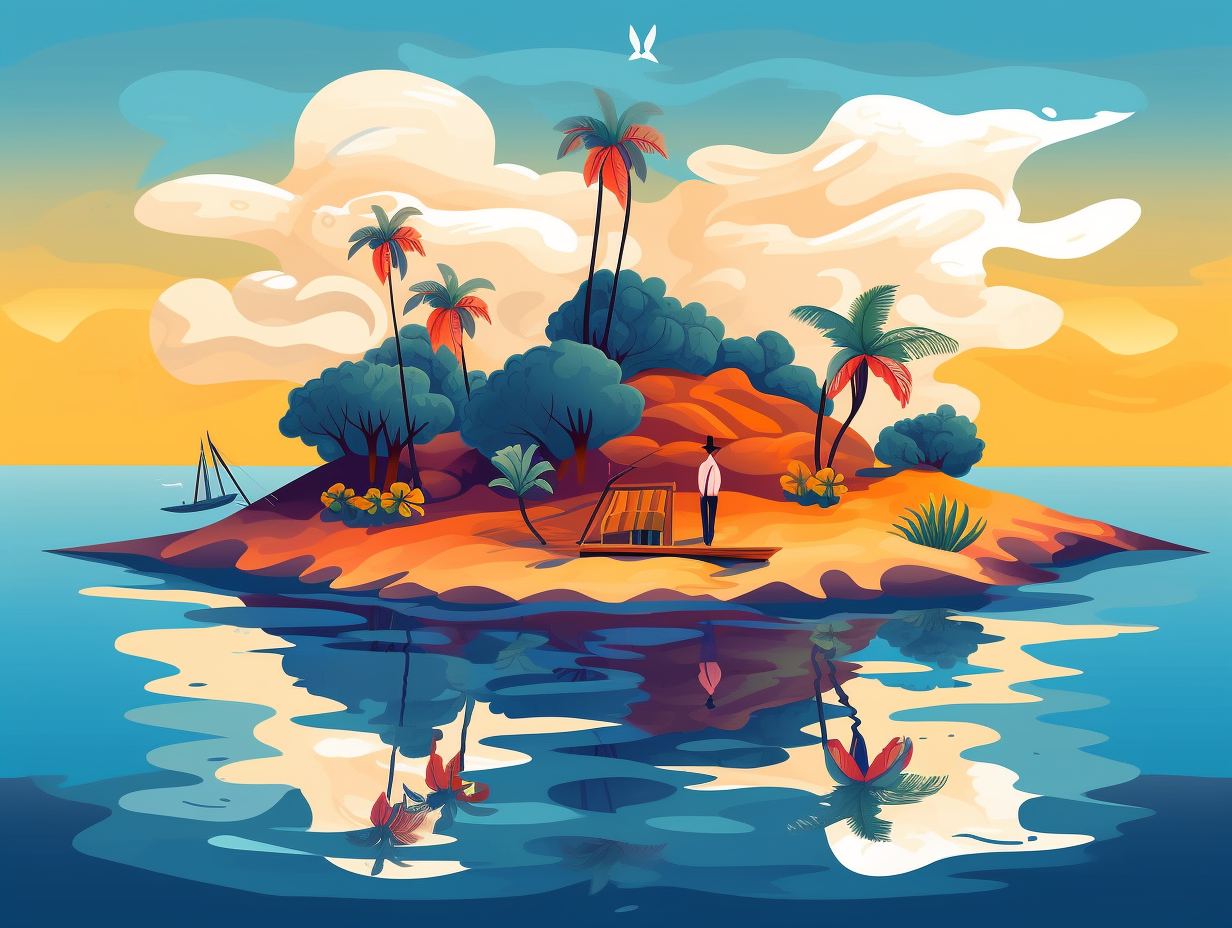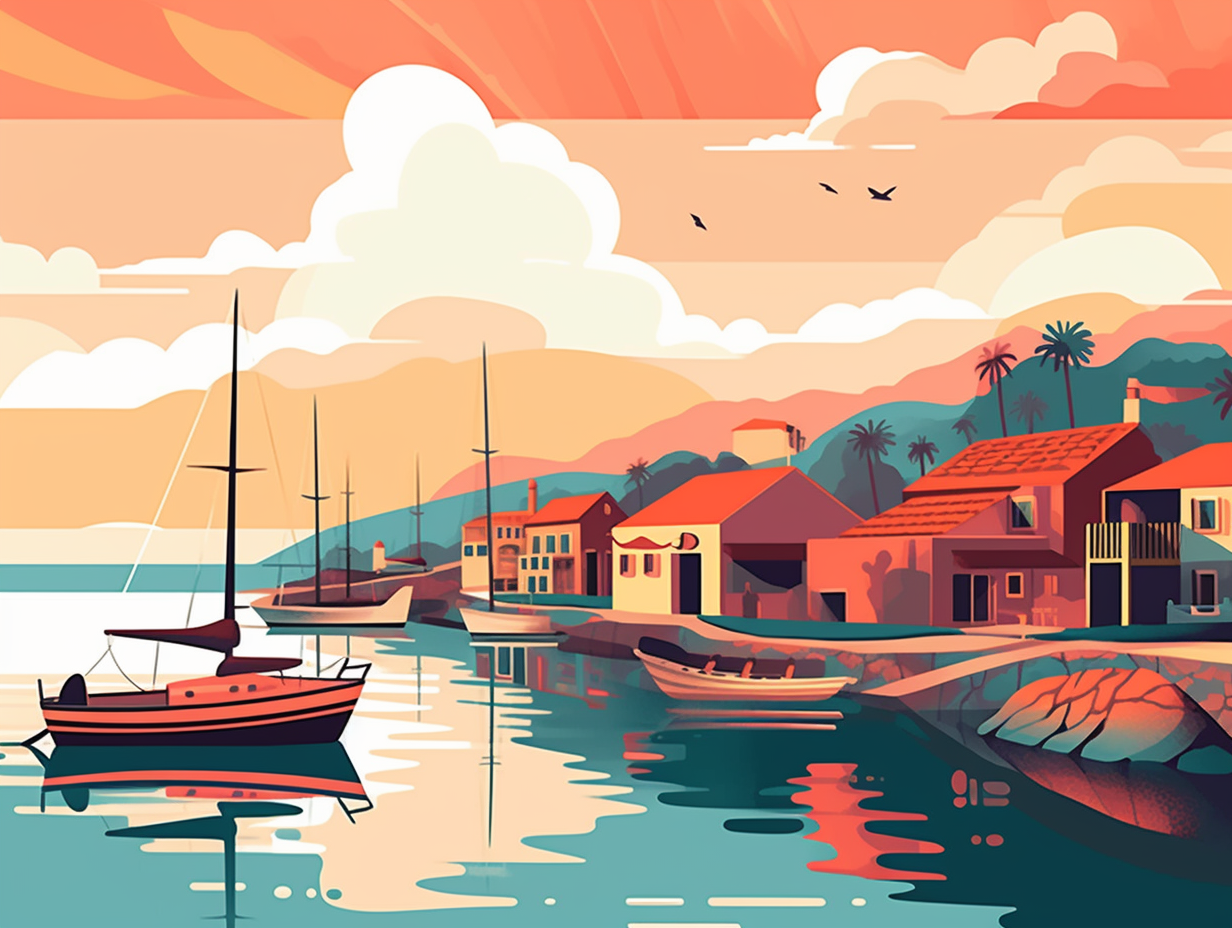Discover the Marvels: Top 14 Fun Facts About the Galapagos Islands You Never Knew

1. Animal-Inspired Island Names
The Galapagos Islands region probably had a meeting straight out of a fantasy novel, chock-full of creatures casting their votes, with the chairperson being a wise old tortoise: oddly enough, many of these volcanic isles bear names inspired by animals and features found there, historical figures, or religious references.
Source => galapagos.org
2. Sail Mail Tradition
Move over, Amazon Prime - sail mail's in town: In the Galápagos Islands, folks keep an 18th-century tradition alive by leaving unstamped letters in a barrel on Floreana Island, which are then hand-delivered by passing sailors or travelers to their recipients, connecting people from all corners of the globe through this timeless postal adventure.
Source => nationalgeographic.com

Did you know that on the Hawaiian island of Kauai, chickens outnumber humans 6 to 1? With over 450,000 of these feathery residents roaming freely, they truly rule the roost! 🐔 Uncover more quirky facts about Kauai here.
=> Fun Facts about Kauai
3. Fashion-Forward Pink Iguanas
Remember the 80s, when everybody wanted neon yellow-green clothing and pink hair? Well, the pink iguanas of the Galápagos Islands nailed it, rocking that look way before we even knew they existed: Discovered only as recent as 2009, the Pink Iguana population (found exclusively on Isabela Island's Wolf Volcano) is critically endangered, with merely 200 to 300 adult members. As if sporting a fabulous pink hue wasn't enough, their young ones boast an eye-catching neon yellow-green color, gradually turning rosy as they age. Sadly, however, their gorgeous appearance has not deterred feral cats—the main predator responsible for hunting their neon-clad babies and threatening the species' survival.
Source => smithsonianmag.com
4. Shrink-to-Survive Marine Iguanas
Whoever said size doesn't matter clearly never met a Galapagos marine iguana: when faced with a dire food shortage during El Niño, these clever lizards can shrink up to 20% of their body length to survive.
Source => edition.cnn.com

5. Blue-Footed Boobies' Dance Moves
Forget about hosting dinner parties or casual get-togethers – the Galapagos Islands are the ultimate gathering spot for the wild heartthrobs of the animal kingdom, boasting some of the most flirtatious dance moves in the history of courtship, thanks to their resident superstars: blue-footed boobies! Brace yourself for the serious swoon: North Seymour Island in the Galapagos is home to an array of fascinating wildlife, including blue-footed boobies performing their enchanting courtship dance amidst a unique landscape of staggering cliffs, arid vegetation, and white-splashed rocks.
Source => gogalapagos.com
6. Reptilian Paradise
Brace yourself for a reptilian paradise, with radiant blue-footed boobies strutting their stuff on nature's red carpet: The Galápagos Islands, home to our beloved Lonely George, boast over 50 endemic species of animals which include giant tortoises, marine iguanas, and those elegant, azure-footed seabirds.
Source => smithsonianmag.com
7. Shark-Infested Surfers' Getaway
Say you're planning a surfers' getaway: sharks galore may not be at the top of your wishlist. But fear not, dear vacationer, for these finned neighbors are just part of the underwater landscape, as you ogle them from the safety of your glass-bottom boat. The serious reveal: Ecuador has established a 15,000-square-mile marine sanctuary surrounding the Galápagos Islands, home to the highest known concentration of sharks in the world, making it a fin-tastic haven for both ocean aficionados and marine life alike.
Source => nationalgeographic.com
8. Nocturnal Swallow-tailed Gull
Behold the Swallow-tailed Gull: nature's night owl with a serious case of "grab your dinner in the dark" syndrome! This unorthodox avian pursues a moonlit career as the world's only nocturnal gull and seabird, specializing in snacking on squid and fish that take the night shift in the Galápagos Islands' dining scene.
Source => en.wikipedia.org
9. Flightless Cormorants' Unique Diet
While pigeons and seagulls may rule the roost in many coastal cities, the flightless cormorants of the Galapagos Islands prefer a more eel-ectric and octopi-inspired diet: These unique birds dive deep to catch eels and octopus using their mighty legs and agile necks, showing no interest in other feathered friends as they are not part of their natural habitat.
Source => galapagosconservation.org.uk

10. Red-Footed Boobies' Island Party
Feathered breakdancers with red sneakers: The Galapagos Islands host the world's largest gathering of red-footed boobies, primarily on Genovesa island, where you can witness their non-migratory dance moves year-round, especially during the nesting season from February to September.
Source => happygringo.com
11. OG High Seas Post Office
Step aside, snail mail, and prepare to be schooled by the OG delivery system of the high seas: On Floreana Island in the Galapagos, the Post Office Bay features an 18th-century post system using just a barrel and the honor system, where tourists leave postcards and letters to be hand-delivered by future visitors traveling towards the intended destination.
Source => atlasobscura.com
12. Marine Iguanas' Underwater Dining
Speed dating for marine iguanas is quite a wet affair, as these cheeky reptiles prefer to dive into the water to escape awkward situations: The Galápagos Islands house the only species of lizard that feeds on underwater seaweed and algae, having adapted to regulate their body temperature at 96.6°F (36°C) and developed special glands to expel excess salt, sharp claws for climbing, and ocean-bound escapes from danger.
Source => biobubblepets.com
13. Red-Footed Booby's Offshore Lifestyle
Who knew Miss Red-footed Booby was such a clever, globetrotting dining connoisseur with a penchant for offshore dining: This resourceful seabird, native to the Galapagos Islands, adapts to the scarce and irregular food supply by feeding offshore rather than inshore, leading to non-seasonal breeding, a longer post-fledging feeding period of over 220 days, and a unique single-egg clutch with a relatively large egg.
Source => jstor.org
14. Funky Scalloped Hammerhead Sharks
Move over, MC Hammer: there's a new Hammer in town, and it's swimming in the Galapagos Marine Reserve! Meet the scalloped hammerhead shark, known for its fabulously funky head shape that makes it the ultimate underwater fashionista: This stylish shark boasts a slender brown-bronze body and gathers in huge schools of up to several hundred in the GMR, confusing fashion critics and marine biologists alike. Avoid flash photography and shark hugs, though — these beauties are vulnerable to bycatch and their fins are sadly targeted for shark fin soup.
Source => galapagosconservation.org.uk
Related Fun Facts



